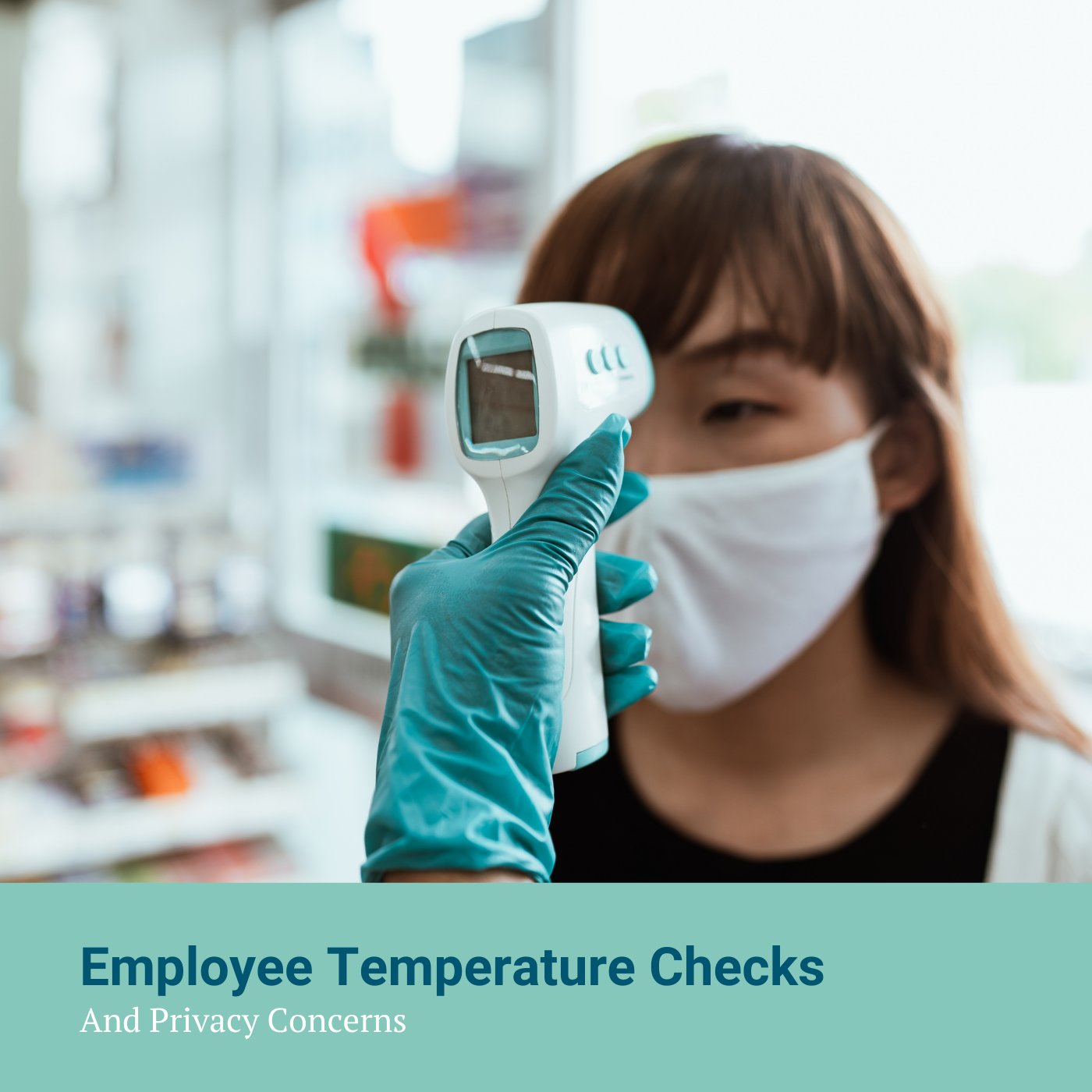Employee Temperature Checks and Privacy Concerns

By Olivia Wann, BS, JD
COVID-19 has presented numerous challenges in the workplace. During the period of shut down, numerous dental employees were either furloughed, laid off, or working virtually from their homes. Dentists received Guidance for Dental Settings published by Centers for Disease Control and Prevention
(CDC). The return to work brought many changes.
CDC recommends that dental settings should monitor and manage dental healthcare personnel. This involves implementing sick leave policies that are flexible and non-punitive. In other words, if an employee calls out with symptoms suggestive of COVID-19, the individual should not be punished.
In addition to assessing symptoms, CDC advises that dental healthcare personnel should be monitored for fever. Fever is a measured temperature of greater than or equal to 100.0◦F.
The Equal Employment Opportunity Commission (EEOC) enforces workplace anti-discrimination laws, including the Americans with Disabilities Act. Title I of the ADA applies to private employers with 15 or more employees. States can enact their own discrimination laws. For example, Tennessee has the Tennessee Human Rights Act that applies to both private and public employers with 8 or more employees.
The Americans with Disabilities Act (ADA) prohibits an employer from making disability-related inquiries and requiring medical examinations of employees, except under limited circumstances.
Taking an employee’s temperature may be considered a medical examination. However, because the CDC and state/local health authorities have acknowledged the community spread of COVID-19 and issued precautions since March, employers may measure employees’ body temperature.
With that said, the fact that an employee had a fever or other symptoms would be subject to confidentiality requirements. Rather than placing all the employees’ names and information on a monitoring sheet, consider using one sheet per employee and then filing the information in a
confidential manner.
Rather than taking the employee’s temperature, consider allowing the employee to take his or her own temperature in order to maintain at least six feet apart. Otherwise, implement the appropriate personal protective equipment while performing this task. Use infrared digital thermometers. Ideally, employees are monitored before entering the building or immediately on entering.
In addition to temperature checks, inquire of the symptoms consistent with COVID-19. Legal experts argue that coronavirus is not a disability covered by ADA; however, other conditions may be. Limit your inquiry of symptoms to those related to COVID-19.
If COVID-19 is questioned, the team member should not report to work. He or she should consult their primary healthcare provider to determine whether a medical evaluation is necessary. Interim U.S. Guidance for Risk Assessment and Work Restrictions for Healthcare Personnel with Potential Exposure
to COVID-19 is provided https://www.cdc.gov/coronavirus/2019-ncov/hcp/guidance-risk-assesment-hcp.html. This information will be addressed in a separate article.
In summary, temperature monitoring of employees is appropriate during the COVID-19 pandemic. Perform these checks in a safe manner. Safeguard the information you gather with the same level of confidentiality as you would protect patient information.




